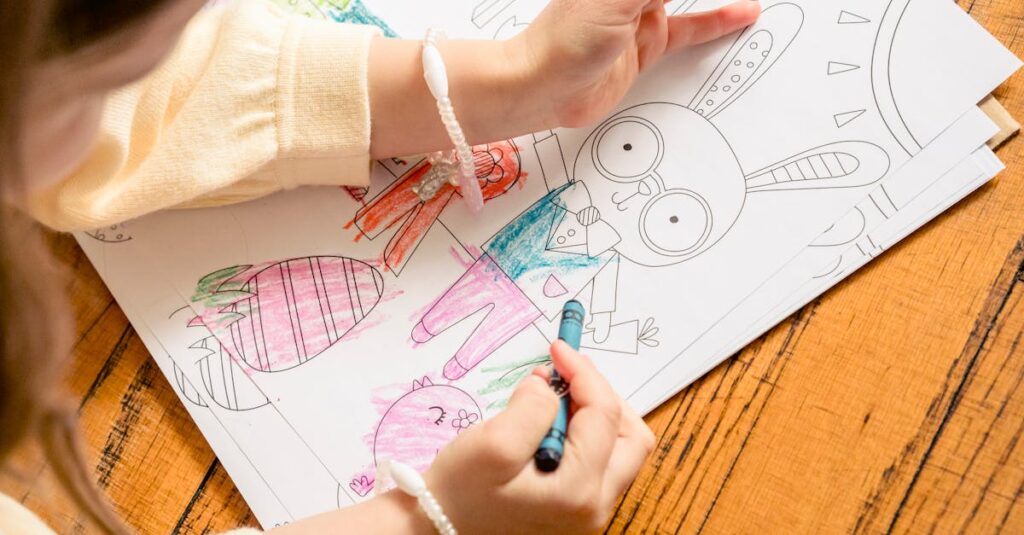Breaking it Down: The Story of Easter
Introducing the concept of the crucifixion and resurrection to pre-schoolers might seem daunting. How do you explain such profound events without causing confusion or fear? Start by setting a calm atmosphere. Share the Easter story with simple language focusing on Jesus’ love and his miraculous resurrection. Highlight that it’s a story of hope, love, and joy.
Books with colorful illustrations can be great aids. Remember, it’s okay to navigate this in steps; you don’t have to tell the whole story in one sitting.
Craft Time: Visual Learning
Let’s get those little hands busy! Crafts are an excellent way to help children understand complex concepts. Think about creating a resurrection garden or a simple cross out of cardboard and tissue paper. These activities offer visual and tactile experiences that reinforce the story’s message. Plus, who doesn’t love a little glitter and glue? As you craft, narrate parts of the story that relate to what they’re making. It’s learning, with a side of fun!
Emotion Coaching: Handling the Tough Questions
Kids are intuitive and can sense when there’s more to the story. When they ask questions like, ‘Why did Jesus have to die?’ take a deep breath before answering. Use comforting language and reassure them of Jesus’ love and protection. It’s important to validate their feelings and let them know it’s okay to feel sad about the story, but also to remind them of the happy ending. This is a delicate balance but essential for their emotional understanding.
Storytelling with a Twist
Who says story time has to be a straight read-through from a book? Role playing parts of the Easter story can make it more relatable to young minds. Use simple costumes or even finger puppets to bring the story to life. This interactive approach can help them grasp the story’s concepts in a playful manner. Plus, it’s a sneaky way to get another round of storytime without them realizing they’re learning.
Encouraging Curiosity: Foster Questions & Provide Answers
Questions are good; they signify your child is processing and engaging with the story. Encourage this curiosity. Provide simple, honest answers, directing them back to the central themes of love, sacrifice, and hope. You don’t need to have all the answers. Sometimes, ‘I don’t know, but let’s find out together,’ is the best response. This not only teaches them about faith but also about seeking and learning.
Related Posts:
- Christian Parenting for Pre-Schoolers: Praying Tips
- Teaching Pre-Schoolers About Joseph’s Story
- Nurturing Pre-Schoolers’ Relationship with God
- Teaching Pre-Schoolers About Moses: Parenting Tips
- Christian Parenting: Overcoming Pre-School Jealousy

